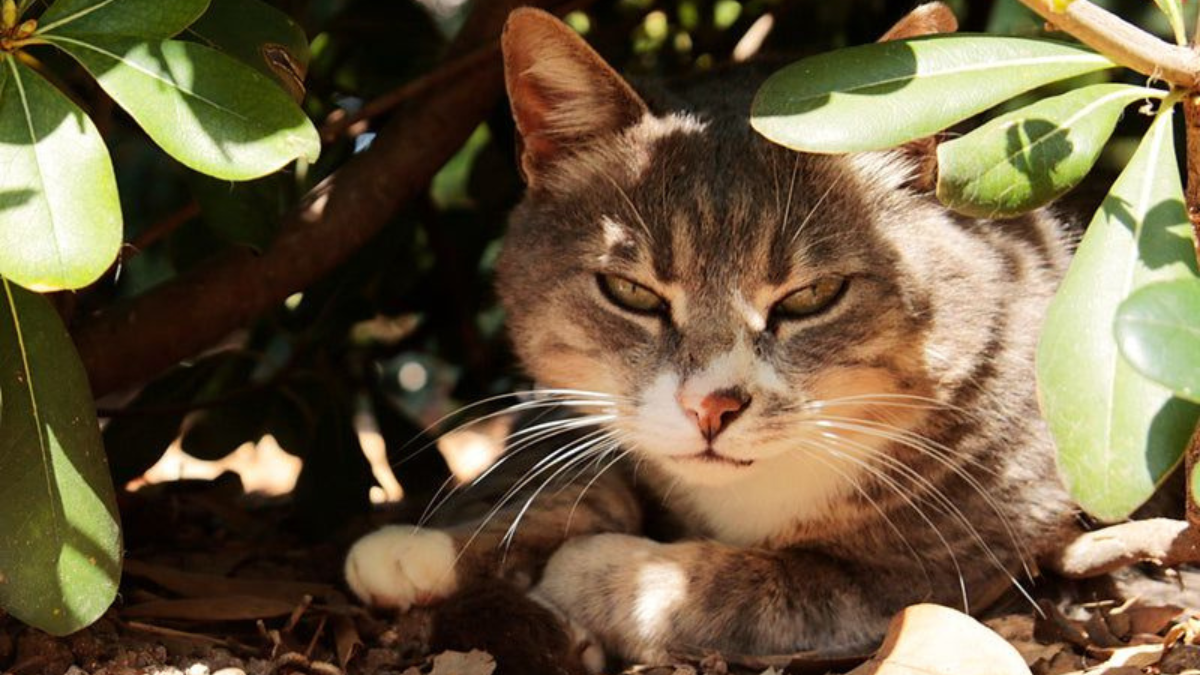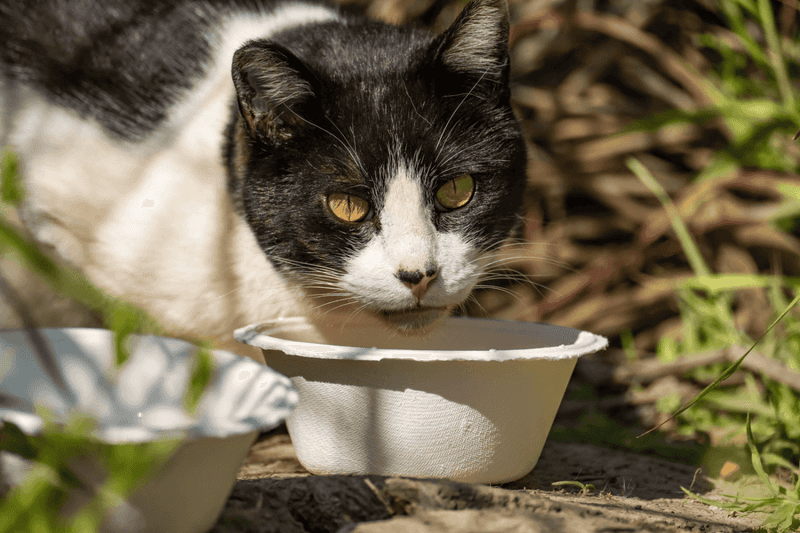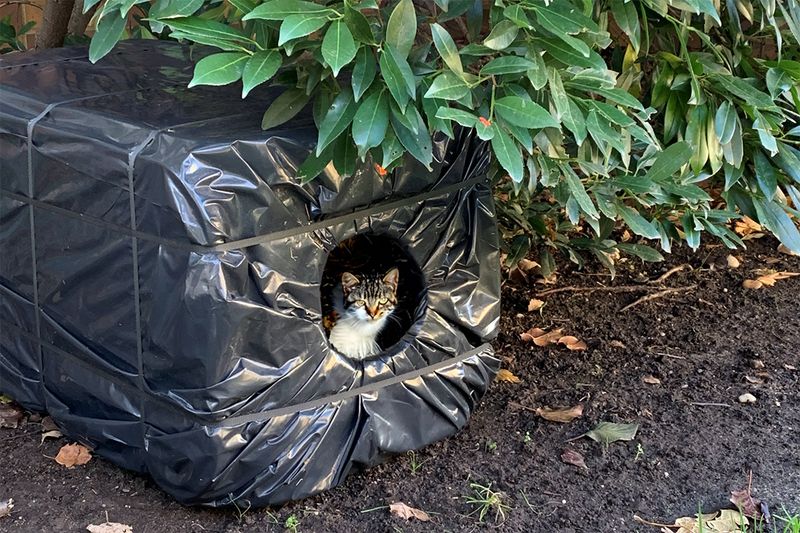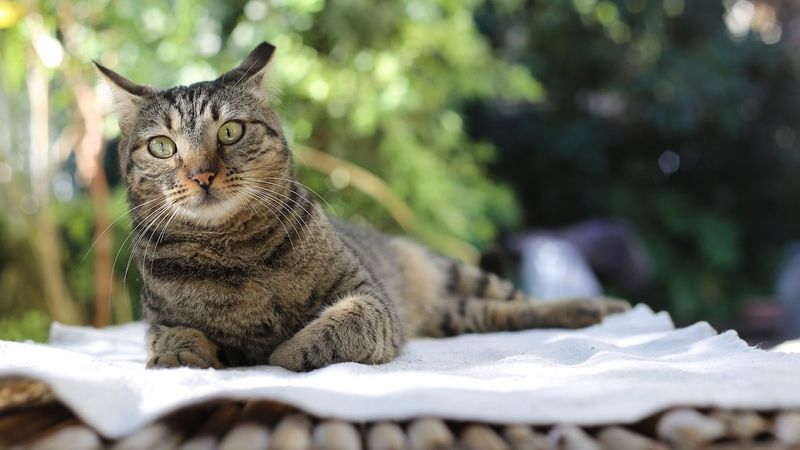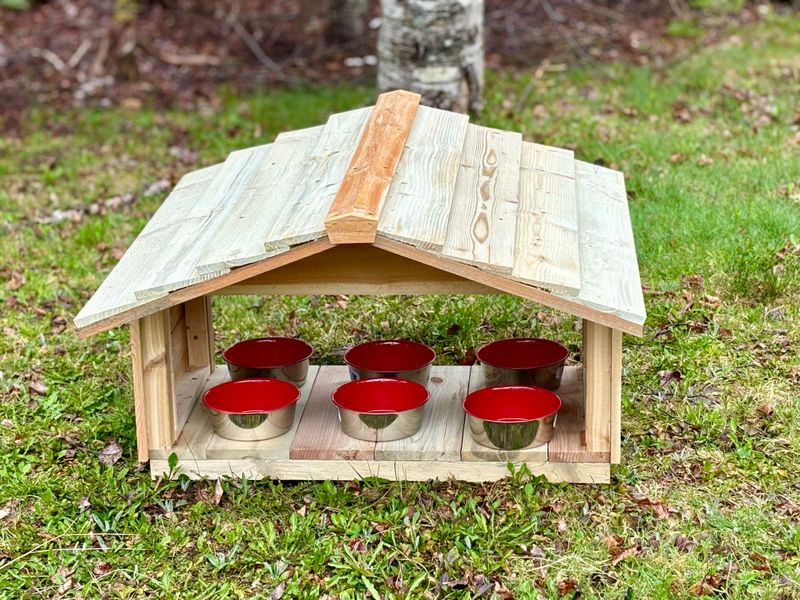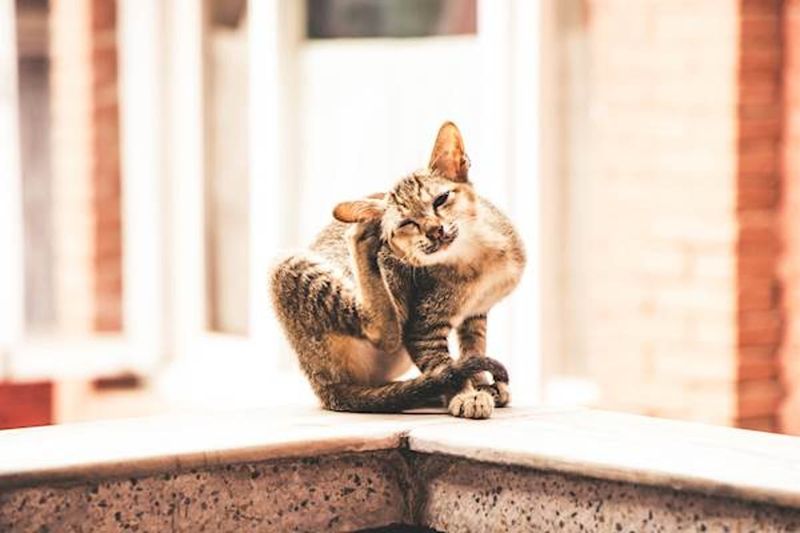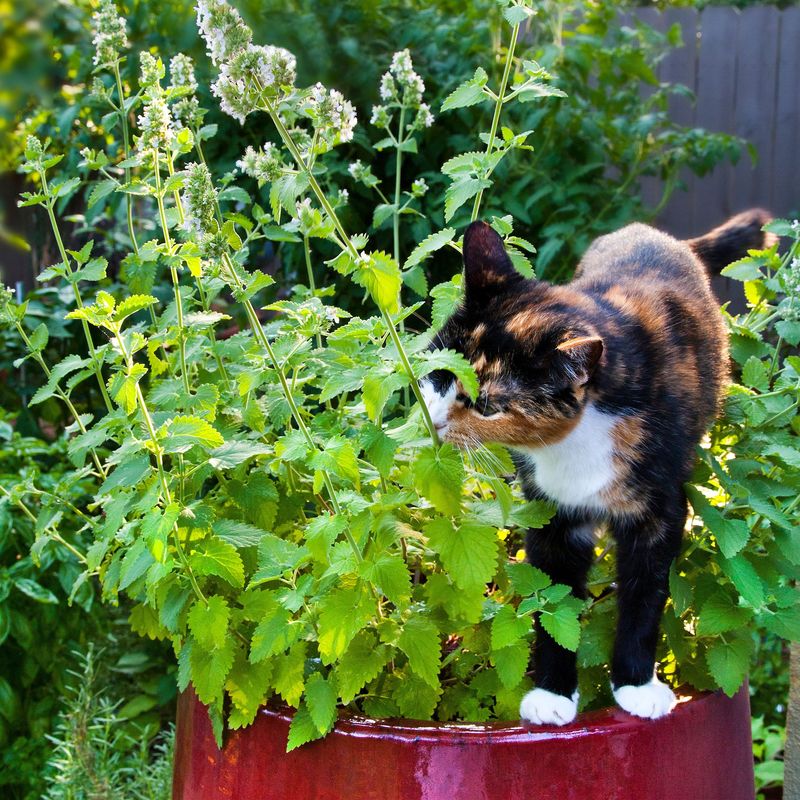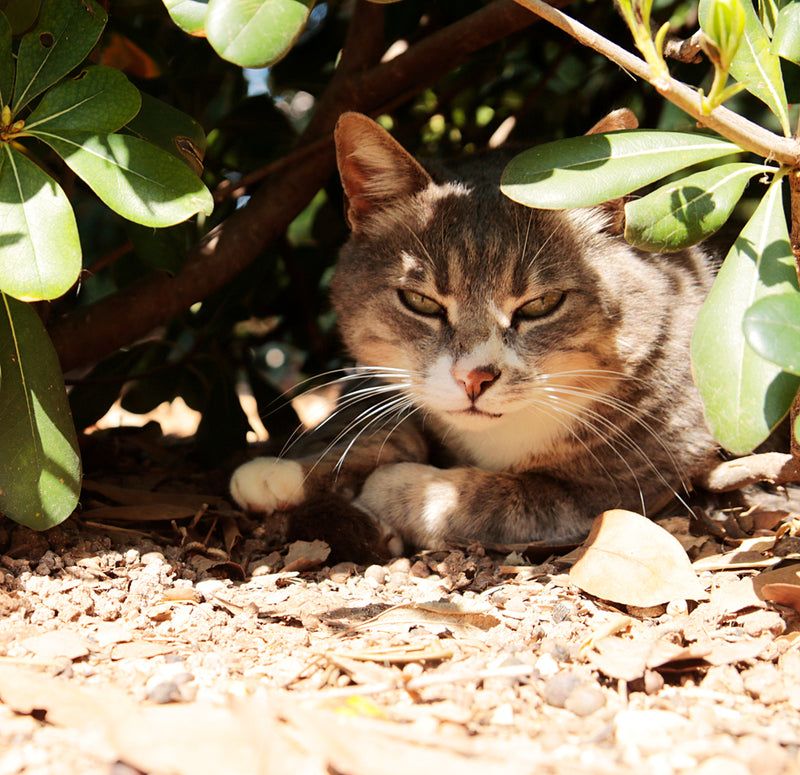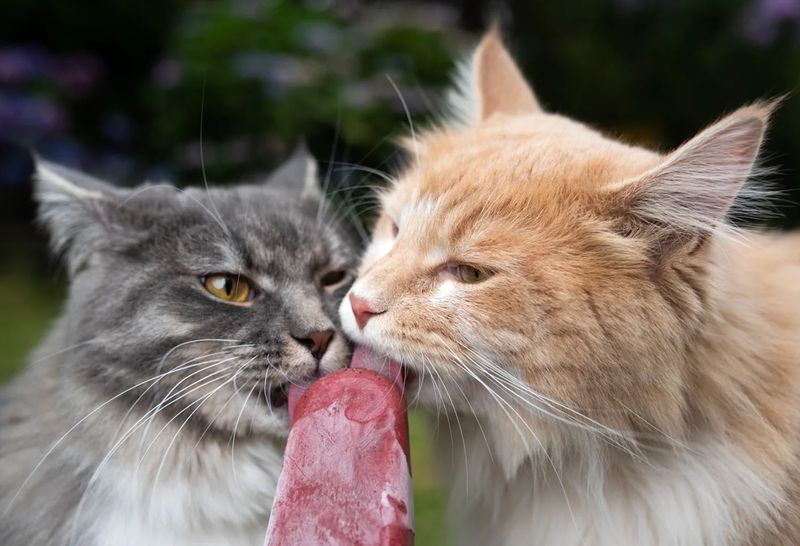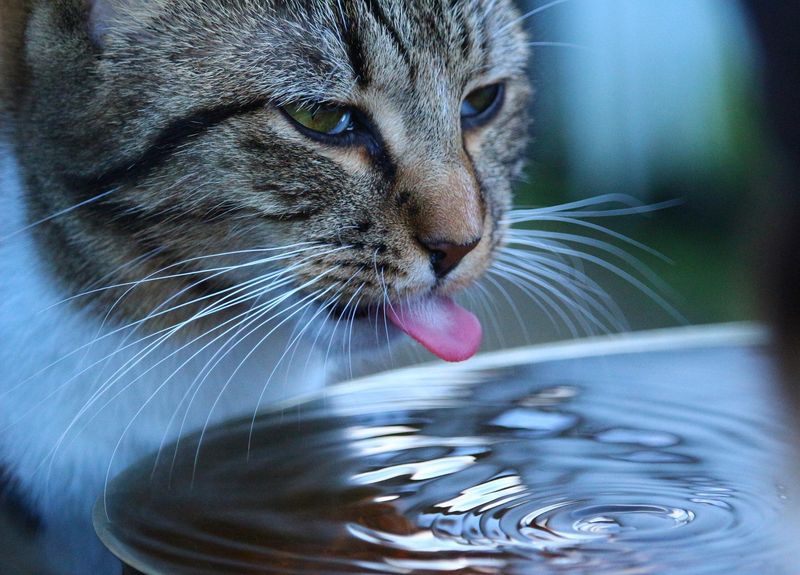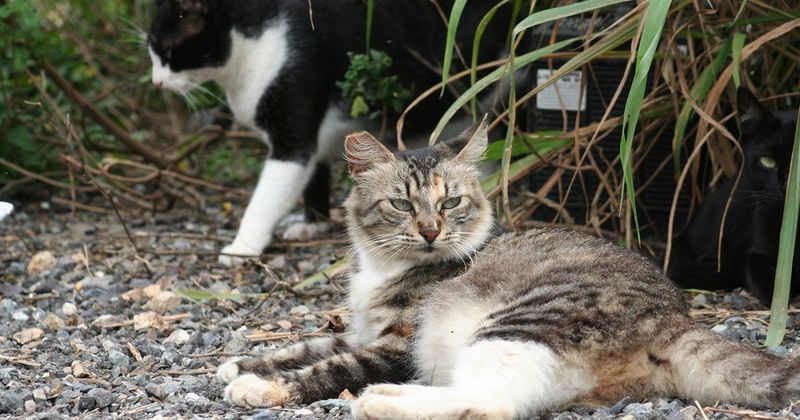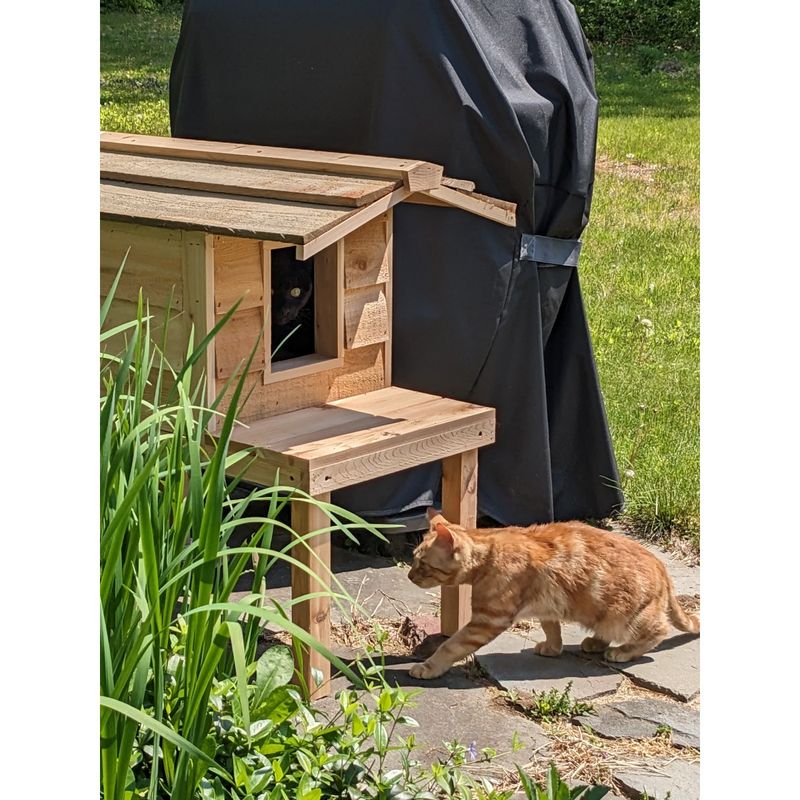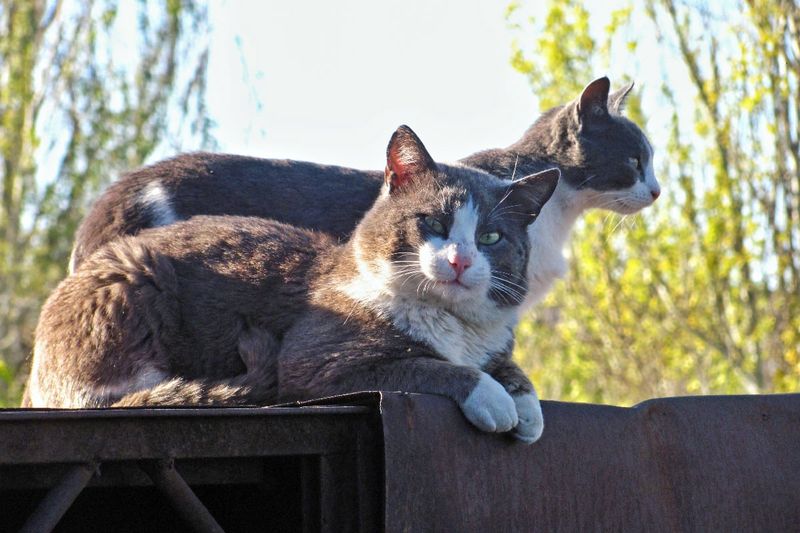📖 Table of Content:
- 1. Provide Fresh Water
- 2. Create Shaded Shelters
- 3. Offer Cooling Mats
- 4. Create a Cool Feeding Station
- 5. Use Non-Toxic Sunscreen
- 6. Plant Cat-Friendly Flora
- 7. Install a Misting System
- 8. Provide Ice Treats
- 9. Set Up a Water Fountain
- 10. Organize a Community Awareness Program
- 11. Provide Elevated Resting Spots
- 12. Monitor Health Regularly
Summer can be a difficult season for feral cats, as high temperatures bring multiple challenges to their well-being. The intense heat can lead to dehydration, exhaustion, and increased vulnerability to illness. Ensuring that feral cats have access to resources and protection during this time is crucial for their survival.
During the hot summer months, finding shade, water, and food becomes even more important for feral cats. The harsh conditions can make it harder for them to find sufficient shelter and sustenance on their own. By providing these essential needs, it’s possible to help them stay safe and healthy.
Taking proactive measures to assist feral cats in hot weather can make a significant difference. Small actions, such as offering water sources or providing cool shelter, can alleviate the stress caused by summer’s heat. Here are 12 effective ways to support feral cats and ensure their well-being during the summer months.
1. Provide Fresh Water
Keeping fresh water accessible is vital for feral cats during summer. Placing water bowls in shaded areas helps keep the water cool. Using ceramic or stainless steel bowls prevents harmful heat absorption.
Check and refill the bowls regularly to ensure a constant supply. This simple act can prevent dehydration and encourage hydration among cats. Consider adding ice cubes to keep the water fresh and cool throughout the day.
For those caring for feral colonies, maintaining hydration stations efficiently can mean the difference between life and discomfort for these resilient cats.
2. Create Shaded Shelters
Constructing shaded shelters provides feral cats with a place to escape the blazing sun. These shelters can be simply made using wooden pallets and tarps. Position them in naturally shaded areas for maximum protection.
Ensuring proper ventilation within the shelters can prevent overheating. The use of reflective materials on the shelters’ surfaces can also help to deflect heat, keeping the interior cooler.
Cats often seek out the coolest areas, so providing multiple shelters can increase their chances of finding a comfortable spot.
3. Offer Cooling Mats
Cooling mats designed for pets can be a literal lifesaver for feral cats. These mats absorb body heat and offer a refreshing place to rest. Placing them in shaded areas enhances their effectiveness.
Affordable and easy to clean, cooling mats are a practical solution for anyone looking after feral colonies. They don’t require electricity or refrigeration, making them ideal for outdoor use.
Regularly inspect the mats to ensure they remain intact and effective, as some cats may be inclined to scratch or bite them.
4. Create a Cool Feeding Station
To make meals more comfortable for feral cats, set up a cool feeding station. Reflective materials can be used to reduce heat and keep the area cooler.
Placing it under a large tree or structure can provide natural shade. Ensure the station is elevated to avoid attracting ants or other pests.
Regular cleaning and maintenance of the feeding station can help prevent spoilage of food, ensuring that the cats have access to fresh and healthy meals.
5. Use Non-Toxic Sunscreen
Just like humans, feral cats can suffer from sunburn, especially on exposed skin. Applying non-toxic sunscreen designed for pets can protect them from harmful UV rays.
Focus on areas with sparse fur, such as the ears and nose. It’s important to use products specifically formulated for animals to avoid any harmful effects.
Applying sunscreen regularly, particularly during the peak sun hours, can reduce the risk of skin damage and discomfort for these cats.
6. Plant Cat-Friendly Flora
By planting catnip, mint, and lemongrass, you can create cool, shaded areas for cats to enjoy. The scents of these plants are also attractive to felines.
Creating a small garden area with these plants can serve as a natural oasis. The plants can help create a microclimate that is cooler than the surrounding area.
This approach combines aesthetics with practicality, ensuring feral cats have a delightful, cool place to relax.
7. Install a Misting System
A misting system can significantly lower the temperature in a feral cat’s environment. These systems spray a fine mist of water, cooling the air quickly without soaking the ground.
Installing a system in areas where cats frequently gather can provide much-needed relief during hot days. Ensure the mist does not hit directly on resting spots to avoid creating muddy conditions.
Regular maintenance of the misting system is crucial to prevent clogs and ensure even distribution of mist.
8. Provide Ice Treats
Creating ice treats with cat-friendly ingredients, such as chicken broth, provides a hydrating and cooling snack for feral cats. These frozen treats also serve as a fun, interactive activity.
Offer them during the hottest part of the day. The melting process encourages hydration, and the flavors entice the cats to lick and enjoy them.
Regularly offering ice treats can be a delightful way to ensure these cats stay cool and entertained.
9. Set Up a Water Fountain
Feral cats are often drawn to fresh, moving water, making water fountains an excellent addition to their habitat. A solar-powered fountain can be cost-effective and sustainable.
This constant flow ensures the water remains fresh and enticing. Position the fountain in a shaded area to prevent the water from heating up too quickly.
Regular cleaning is needed to prevent algae buildup, ensuring the cats have access to clean, refreshing water.
10. Organize a Community Awareness Program
Raising community awareness is essential for protecting feral cats. Organizing programs can help educate neighbors about the importance of providing water and shade.
Engage with local groups to spread information and resources, potentially inspiring more people to assist in caring for these cats.
Community efforts can lead to collective solutions, such as shared cooling stations or water sources, greatly benefiting the feral cat population.
11. Provide Elevated Resting Spots
Elevated resting spots can keep cats off the hot ground. Platforms made from wood or other cool materials provide a comfortable place to relax.
Place these spots in shaded areas to ensure maximum comfort. Their elevation helps in keeping the area well-ventilated and cool.
These spots also give cats a vantage point to survey their surroundings, which can be particularly appealing to feral cats.
12. Monitor Health Regularly
Regular health checks can detect early signs of heat stress in feral cats. Look for symptoms like excessive panting or lethargy.
Gently observe the cats from a distance, noting any changes in behavior. If you notice signs of distress, consider consulting a vet familiar with feral cats.
Being proactive in monitoring their health can prevent serious heat-related illnesses, ensuring the cats remain healthy throughout the summer.
